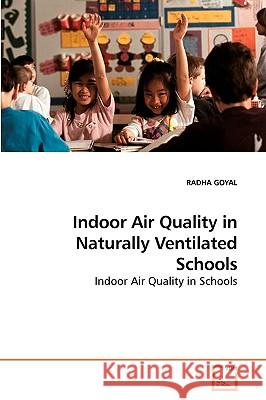Indoor Air Quality in Naturally Ventilated Schools » książka
Indoor Air Quality in Naturally Ventilated Schools
ISBN-13: 9783639252347 / Angielski / Miękka / 2010 / 224 str.
Urban schools are mostly located in close proximity to heavy traffic-density roadways, which may lead their indoor environment to experience significant concentrations of outdoor pollutants. Besides, schools have complex indoor environment influenced by number and age of children belongs to sensitive group of population and to various other environmental factors. The exposure to various contaminants in such indoor environments may lead children to develop potential health consequences. Therefore, understanding the dispersion of pollutants in such indoor environment is important. The aim of this book is to evaluate the IAQ in such urban schools. The pollutant concentration, viz. SPM, RSPM, CO, SO2, NOx as NO2, ventilation, indoor activities of occupants, micrometeorology (e.g. wind speed and direction, indoor/outdoor temperature and rH) and traffic conditions (e.g. traffic volume and type) are considered as associated influencing parameters for IAQ evaluation. It also includes development of the mass-balance based IAQ models for PM10, PM2.5 and PM1.0, to compare the modeled indoor PM concentration with observed ones.











